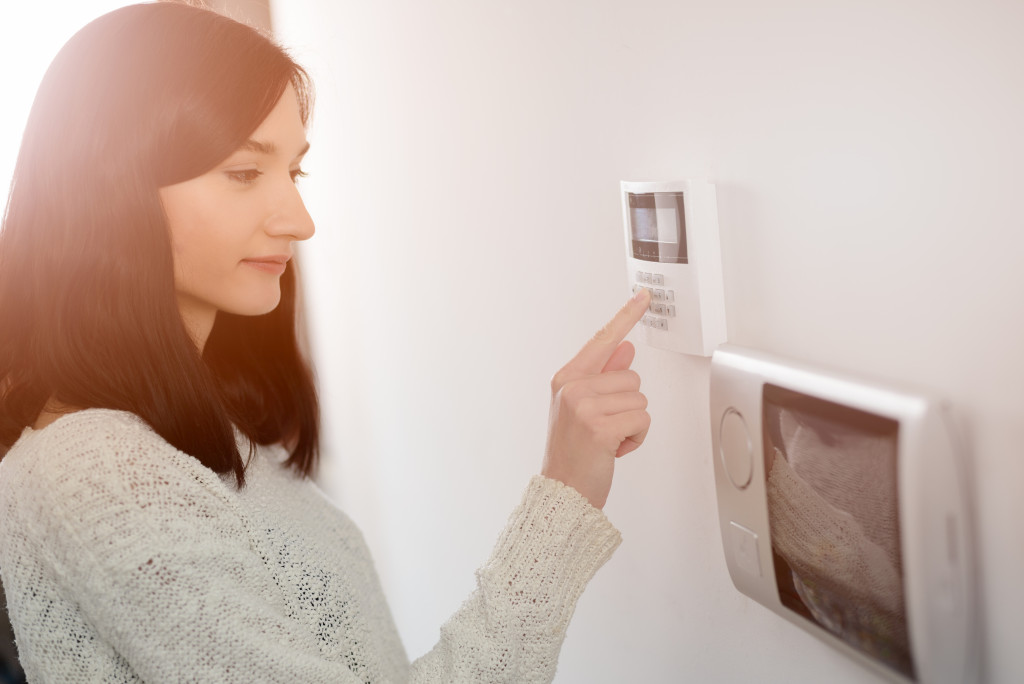Every parent must ensure their child is safe and protected inside the home. Many children’s accidents happen at home, making it the most dangerous place for them. The Centers for Disease Control and Prevention (CDC) reports that 12,000 minors under the age of 19 die each year from unintentional injuries. Injury is the most common cause of death among this group.
Some of these injuries are fall-related incidents, drowning, bicycle-related accidents, and airway obstruction injuries. Around 2,000 minors under 14 die yearly due to a home accident. Fire and burns are the most common causes of unintentional child deaths at home. Accidental death by choking, drowning, falls, suffocation, firearms, poisonings
Keep your children safe
All families should take basic precautions to reduce the likelihood of childhood injuries or deaths. There are many ways you can childproof your home; some of these are:
Establish rules for your child
It’s essential to establish rules and boundaries for your child. This will help them understand what is expected of them and what behaviors are not acceptable. Tell them detailed instructions and consequences if they disobey your orders, so they won’t be tempted to test it out.
Tell them, for example, that if they try to heat some water on their own on the stove, they risk being scalded, or a fire accident can happen. If your children play with a knife, they may slice themselves. Make sure they know what items are appropriate for them to play with and which aren’t.
You should also establish rules about when it is appropriate for them to leave the house unaccompanied. Teaching your child about stranger danger is vital in keeping them safe.
Make sure your home is childproofed
One of the best ways to keep your child safe at home is to ensure the house is childproofed. This means taking basic safety precautions such as installing safety gates, cabinet and drawer locks, and plug covers. You can also buy unique outlet covers that prevent your child from sticking their fingers or other objects into the electrical sockets.
It’s also a good idea to keep any potentially dangerous products, such as cleaning supplies and medications, out of reach of children. You can store them in high cabinets or shelves your child can’t reach. Install a fence around your pool or other parts of your house where they can be drowned, like in a bathtub, to prevent drowning accidents.

Add a home security system
You can also install a security system in your home to make it even safer. This will give you peace of mind knowing that your child is protected even when you’re not there. A security system can alert you if someone breaks into your home or if there’s a fire. It can also help you keep track of your child’s whereabouts if they leave the house without permission.
Burglary, home invasion, and other security risks are not the result of carelessness. These can occur when you must leave your children alone or when everyone is sleeping during the night. Trusted security alarm systems for homes can prevent these from happening.
Some security alarm systems have various features that can also be installed in your home security system; these are the following:
- 24/7 Monitoring
- Emergency Response
- Home Automation
- Interactive Services
Smoke detectors and carbon monoxide detectors
Install smoke and carbon monoxide detectors in your home and check them regularly to ensure they are working properly. A smoke detector can save your child’s life in the event of a fire. A carbon monoxide detector is also important because carbon monoxide is an invisible gas that can be deadly if it builds up in an enclosed space.
If you smell gas in your home, do not try to investigate it yourself but leave the house immediately and call the fire department. Carbon monoxide is an invisible gas that can be deadly if it builds up in an enclosed space. If you think you may have been exposed to carbon monoxide, get fresh air immediately and call 911.
Emergency contact information
Let your child know who to go to if lost or in trouble. Make sure they know your name, address, and phone number. If you have a security system, ensure they know the code to disarm it. It’s also a good idea to keep a list of emergency contacts by phone. Include your child’s doctor, the poison control center, and the fire department.
You may also want to include a relative or friend who lives nearby. And don’t forget to teach them how to call 911 for any emergency. If you can, do a simulation with them so that they know what to do in an emergency.
You should also have a family meeting to discuss what to do in an emergency. Go over your evacuation plan and make sure everyone knows where to meet. Review the rules regularly so that everyone is on the same page.
To conclude
Making your home safe for your children does not have to be complicated or expensive. You can create a safe haven for your little ones to explore and grow by taking simple precautions. Just take the time to do a little bit of planning and put these precautions into place, and you can relax knowing that your kids are safe in their own home.
